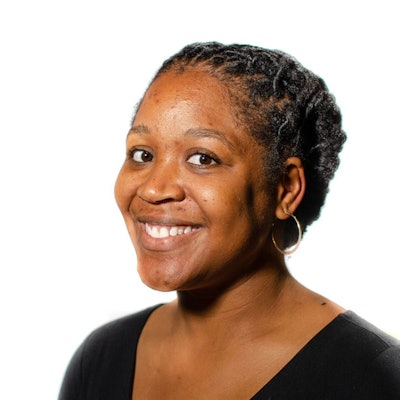Over half of undergraduate students in the U.S. are the first in their family to attend an institution of higher learning. These first-generation students are likelier than their peers to be from minoritized backgrounds, to face economic challenges, and to juggle jobs and families in addition to school. And they may be less familiar with the “hidden curriculum”—the implicit norms and knowledge that help students navigate college life. These factors make it harder for first-gen students to function in institutions that were developed for elite whites. Indeed, six years after entering college, 56% of first-gen students have not earned any post-secondary credential. To help them, colleges are going beyond academic support. They’re re-evaluating physical spaces on campus to figure out how to create an environment of belonging. And campus architecture and design firms are coming up with ways, both subtle and bold, to help first-gen students succeed.
One of most powerful things that universities can do for first-generation students is simple, if not straightforward: designing an on-campus space just for them.
 Dr. Qua’Aisa Williams, associate director for instructional design, First Scholars Initiatives, at the Center for First-generation Student Success
Dr. Qua’Aisa Williams, associate director for instructional design, First Scholars Initiatives, at the Center for First-generation Student Success
Besides letting first-gen students know that they are valued and that there is a place that represents them, campus centers can serve as a place for first-gen students to meet each other and to help each other with the challenges of college life.
“Having a cohort group where they can exchange experiences, get access to resources that can help them, and maintain that sense of sturdy ground as they’re navigating all the different experiences that they haven’t gone through before is really important,” said Rosa Sheng, vice president, higher education studio leader, and director of justice, equity, diversity, and inclusion at SmithGroup, a design firm that works on college campuses.
The location of these centers matters, too. Whether a space for first-gen students is in the center or on the periphery of campus helps determine how many students find it—and sends a message about the university’s priorities.
“We have a first-generation student center on campus. It’s fantastic,” said Christina Michaud, associate director of English Language Learner writing at Boston University (BU). “On the other hand, it’s this basement suite of rooms in the School of Theology, which is kind of random. How much more amazing would this be if instead of being tucked off at the end of this basement corridor, if this was given a nice central location?”




















